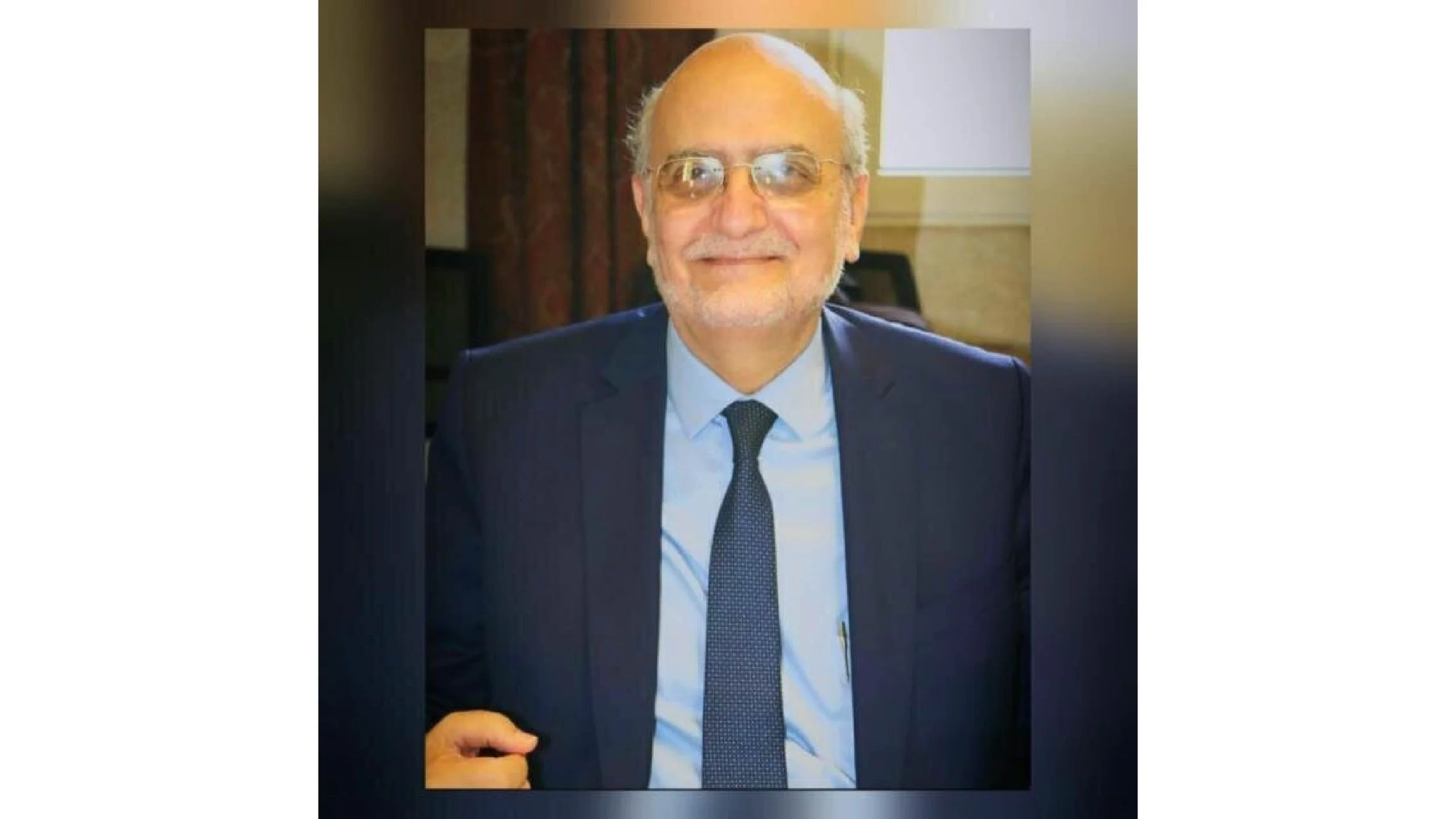Thoughts on the Case and Fate of Addicts and Addiction
The Secretary General of the Middle East Council of Churches (MECC) Dr. Michel E. Abs delivered this speech at the monthly webinar held by MECC under the title “Human dignity of the Addicted Youth”, on Thursday 29 February 2024.
Dr. Michel Abs
The Secretary General of the Middle East Council of Churches (MECC)
I found no better description of the state of addiction than some sections of the poem “Al-Maslool” (The Tuberculous) by the Lebanese poet Al-Akhtal Al-Saghir. In this poem, the poet considers that the current state of the tuberculous is the result of his addiction to the love of a woman of “passion”, describing him as being “killed by the passion of a girl of passion”. And his advice is, “If you pass by her alike, then change your way.”
Al-Akhtal begins his poem saying, “A year has passed, and if you venture out to that road in the countryside, and turn your face right, you see a face that makes you tremble when remembered.”
He continues, describing the condition of addiction: “The man of yesterday has become a lean creature with a stripped body, his words are confused, his breath unsteady.”
After describing how his appearance, his allure, his actions, and reactions have deviated from those of a healthy person, he illustrates all forms of weakness and collapse, “His eyes are stuck in a tunnel, his glitter disappeared, his fingers shake like the autumn leaves as if they were hit by heavy rain drops”.
Despite our reservations about blaming and demonizing women and making them the cause of this disease, forgetting that “let him who is without sin cast the first stone” as stated by the Master, the description by the Lebanese poet Bechara al-Khoury, who took the title of Al-Akhtal Al-Saghir, for the case of anyone addicted to any form of reproach, expresses a lot about the cases of young people who are addicted to drugs. Some of them are our students, and others we know by virtue of neighborhood or work relations.
I was always struck by the sight of a drug addict who had been absent from me for a while, during which he became addicted. At first, some pathological forms appear that do not fully declare the truth of his situation, until he moves to an advanced stage where his condition becomes apparent and declared.
As an educator and an activist in church and society, I find no problem worse than this, nor more difficult to treat. It arises from a hidden decay that has lasted for decades, few or many, depending on the age of the addict. It is structural, and here it becomes difficult to treat because relapse can occur at any change in the addict’s family or wider surroundings.
We know that the forms of addiction are diverse, as are the types of drugs, human failures, environmental compositions, and the follow-up and immunization that can be obtained during or after treatment.
If drug abuse constitutes a major social scourge that indicates a structural, socio-economic, political, and psychological imbalance, its promotion and the failure to eliminate it indicate one of two things: either the complicity of those in charge of this matter in the government, or the state’s weakness, which is unable to protect the youth of its society. Either way, it is a sad and major disappointment for the concerned observer.
The media presents us with frightening scenes of fields cultivating all kinds of narcotic substances. These fields are under the control of armed gangs that have become stronger than the state and have proven their might over many decades by threatening the government or assassinating political leaders hostile to them in many places in the world. Add to this the fact that drug cartels have equipment, even factories, capable of securing the final product where profitability is higher than the discharge of raw materials.
The second part of the tragedy is the role of children in drug production. Research on child labor has shown the involvement of large numbers of children in harvesting, production, and even smuggling and promotion.
What increases the worry in this context is the low average age of drug users, reaching 15 years of age, which portends a dangerous future for humanity.
As if the problem in its entirety isn’t enough, many countries have deliberately permitted the consumption of certain types of drugs and their derivatives, both natural and manufactured. This has paved the way for younger generations to “taste” the illusory satisfaction these products provide, in a modern society that is increasingly in crisis. The disintegration of the family, other social ties, and many social safety nets, leads the young person to seek an imaginary solution to his problems. He does not realize the gravity of the situation until he finds himself trapped in a cycle from which he cannot escape.
I will not delve into the technical and statistical aspects, treatment policies, treatment costs, or the methods and techniques of follow-up. This is the domain of the experts who have honored us with their participation. I merely wish to share with the audience some perspectives and feelings of suffering.
The battle is perilous, affecting increasing portions of humanity. The estimated percentages are high and rising, yet nothing suggests that the structures of society, particularly the family, will recover appropriately to serve as a means of protection for those vulnerable to this scourge.
Immunization must be achieved through constant awareness and education because treatment after a fall means losing half the battle - a battle for the future.

